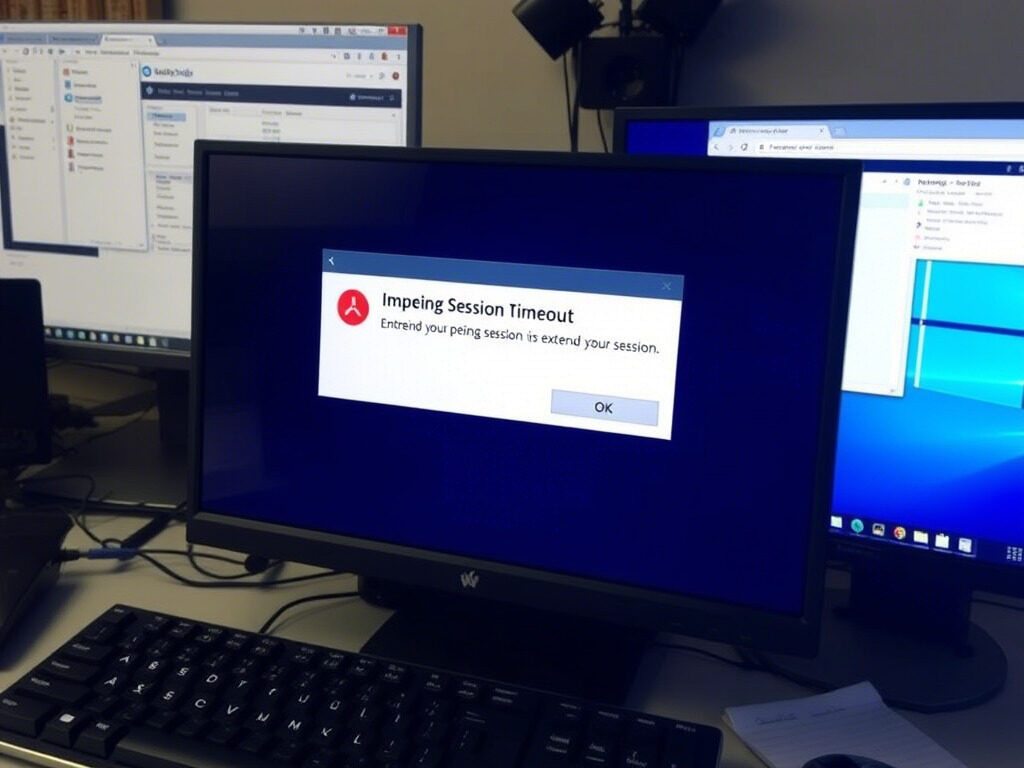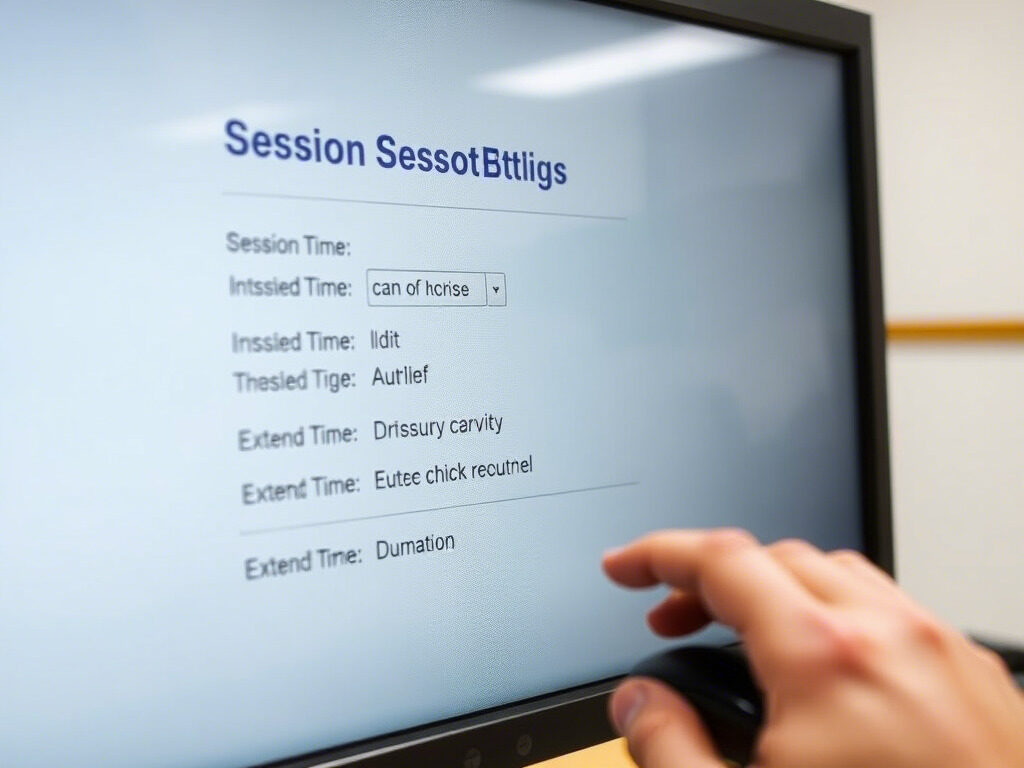Have you ever been logged out of something significant you were working on? That’s probably a user session timeout. Although session timeouts are required for security, occasionally they are too brief, which leads annoyance, data loss, and interrupted operations.
By understanding how to increase session timeout length and enhance your general session management, this step-by-step tutorial will assist you in resolving session problems.

🕒 What Is a User Session Timeout?
A user session timeout happens when a user stays inactive for a set amount of time, after which the system automatically logs them out. This is usually called an idle timeout, designed to protect your system from unauthorized access.
Common defaults:
- Web portals: 10–30 minutes
- Admin panels: 5–15 minutes
- Banking/secure apps: 2–5 minutes
✅ Step 1: Understand Your Current Session Settings
Check where and how your session timeout is defined:
- Web applications: session timeouts are usually in the backend configuration
- Cloud systems: session limits may be defined in the platform’s admin panel
- Custom software: check the source code or configuration files
You may find session settings under terms like:
- session_timeout
- idleTimeout
- session_lifetime
✅ Step 2: Modify the Session Timeout Setting
Once located, increase the session duration. For example:
In PHP:
php
CopyEdit
ini_set(‘session.gc_maxlifetime’, 3600); // 1 hour
In Node.js (Express):
js
CopyEdit
app.use(session({
secret: ‘secretKey’,
cookie: { maxAge: 3600000 } // 1 hour
}));
In Django (Python):
python
CopyEdit
SESSION_COOKIE_AGE = 3600 # seconds
Adjust the value based on how long users typically stay active.
✅ Step 3: Keep the Session Alive on the Frontend
If needed, use JavaScript to ping the server periodically (e.g., every 5 minutes). This prevents the session from expiring during idle periods with open tabs.
js
CopyEdit
setInterval(() => {
fetch(‘/keep-alive’);
}, 300000); // every 5 minutes
This is especially useful for dashboards or forms with long activity periods.
✅ Step 4: Set an Idle Timeout Warning (Optional)
Add a pop-up to warn users before logging them out. Example:
“You’ve been inactive for a while. You will be logged out in 60 seconds. Click ‘Stay Logged In’ to continue.”
This improves user experience and avoids data loss.
✅ Step 5: Review Security Policies
While it’s okay to extend timeouts for convenience, don’t compromise on security:
- For sensitive systems, keep shorter timeouts
- Use multi-factor authentication (MFA) where possible
- Log user activity to detect misuse
Proper session management balances usability with protection.
Final Thoughts

Fixing session issues like premature logouts starts with understanding your timeout settings. By adjusting the idle timeout and implementing smart session controls, you can make sure users stay logged in as long as needed—without sacrificing security.
💼 Need Help Managing User Sessions for Your Software or Web App?
Let TechNow, the suitable IT Support Agency in Germany, help you configure session settings, optimize security, and boost user experience—all in one go.
👉 Get in touch with us today and keep your users connected without interruptions.



